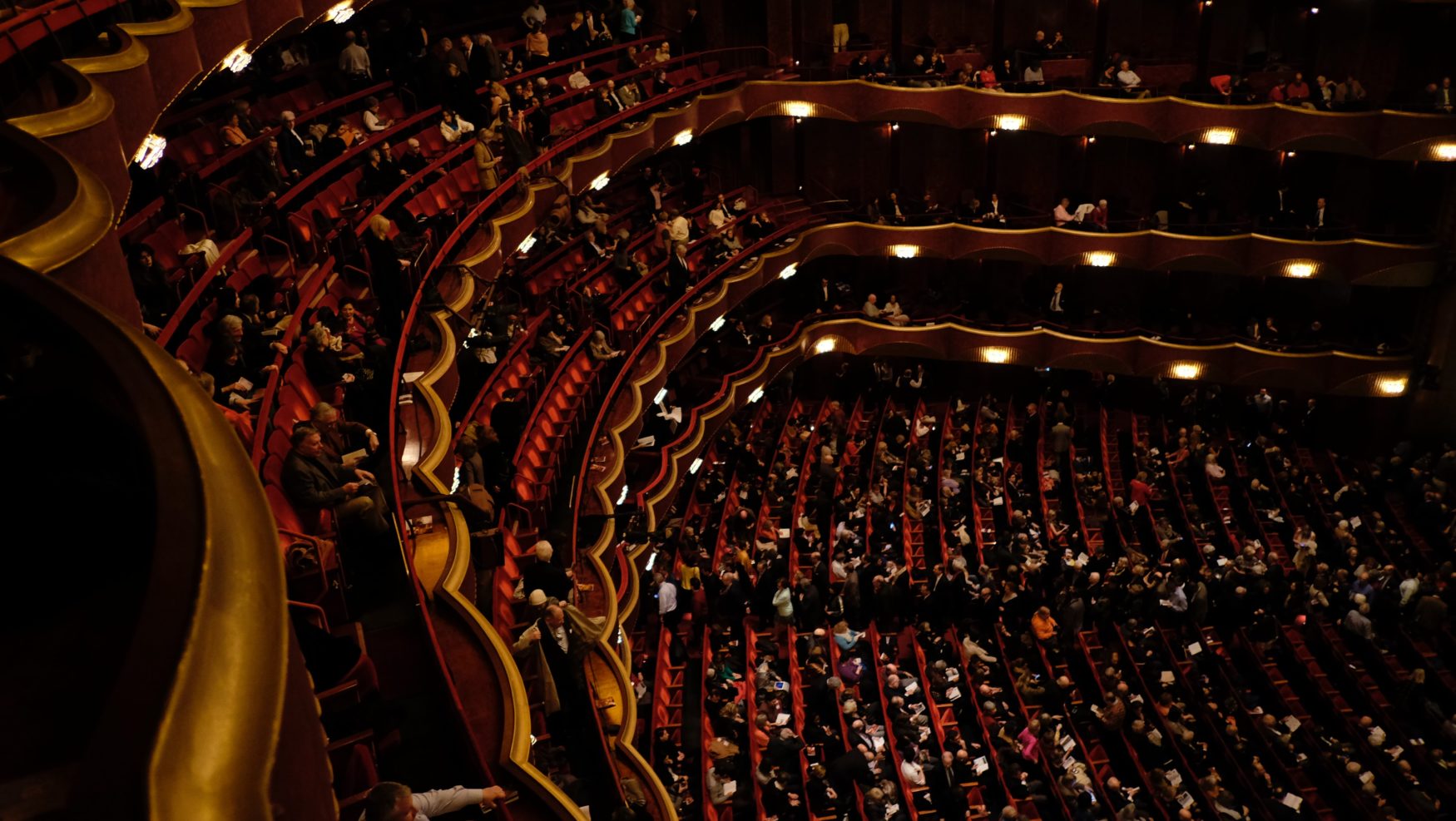In recent times, life as we know it has been far from normal. Several industries have been impacted by the tough restrictions put in place, none more so than the theatre industry, an industry that has had to respond to these unprecedented times by finding creative new ways to deliver live performances.
As we have all tried to adapt to this “new normal”, so to have theatres as they fought to maintain their livelihoods. Before the pandemic took hold, the theatre industry was already transforming, embracing a more digital world. Leveraging video and digital for the theatre industry was crucial to its survival – something that has now become a key part of engaging existing audiences through innovative solutions.
The rise of OTT Streaming
For those new to OTT streaming, it refers to any streaming service that offers media to viewers via an internet connection instead of traditional cable, broadcast, or satellite TV services.
Due to the pandemic and the lockdowns implemented across the globe, media consumption has skyrocketed. In 2020, the UK saw an increase of 62% in streaming time, symbolising how popular streaming and OTT platforms have become. These trends paint a promising picture of how streaming services are set to continue taking the market by storm in years to come, with plentiful opportunities for the theatre industry to get involved in this revolution.
Join the OTT streaming revolution.Contact us now
Benefits of live streaming theatre
Cost-effective for both theatre companies and the audience
For avid theatre-goers, the cost of attending a live show can be somewhat off-putting. With ticket prices continually rising year on year, it can make for an extremely expensive experience compared to live streaming your favourite theatre show from home. Live streaming theatre is a more affordable alternative (sometimes even free) where people pay a small sum in comparison to what they would for tickets to a live show, making theatre more accessible and affordable.
In the context of theatre companies, it is reported that in a 2015 Arts Council England report, the National Theatre estimated that each broadcast into the UK’s cinemas cost a minimum of £250,000, which is simply not feasible for many small theatre companies on the back of a disastrous year for their revenues. Many theatre companies have opted to stream shows via their website or YouTube on a mostly free-to-access basis. This means they are missing out on potential revenues they could gain from theatre lovers via an OTT streaming platform.
With a cost up-front, theatre companies can develop their own streaming platform to air their shows on a subscription or transactional basis, generating a consistent revenue stream from viewers, meaning they can avoid paying cinemas £250,000 plus to broadcast and in turn generate the all-important revenue required to survive and grow.
Viewers can watch from the comfort of their own home
With the ability to live stream theatre performances, theatre-goers are experiencing a new way to watch their favourite shows, with a front-row seat from the comfort of their own home. In the theatre, people can find themselves stuck in seats with a restricted view, or somewhere they’d prefer not to be sat. Streaming performances from home means viewers get to watch the show on their terms, with video also presenting opportunities for viewers to delve into immersive experiences that take them backstage or let them peek into rehearsals, clearly opening up opportunities for theatre companies to engage with their audience like never before.
Recently, the FX team worked on an ambitious project with the Royal Shakespeare Company (RSC) and the AotF, combining performance and gaming technology, uncovering new ways for audiences to experience live theatre for the ‘Dream Online’ performance. This project saw us working closely with a number of different organisations alongside the RSC to deliver a live theatre experience like no other, with our main goal being that we create the sense of a collective experience for the audience, presenting them with the opportunity to shape this experience from home. The performances were a success and demonstrated that re-creating the atmosphere of a live theatre experience is possible through streaming.
Wider audience reach
One of the biggest benefits of streaming theatre performances is the possibility of attracting a much wider audience, and depending on the platform, there are no limits to the number of viewers that can tune in. With the option to broadcast shows to wider audiences than ever before, this presents theatre companies with opportunities to monetize the content they broadcast by charging small sums for individual shows or by charging on a monthly basis to access a wide range of theatrical performances.
Via streaming performances, theatre companies can reach new audiences around the globe to allow them to enjoy a production that might otherwise be out of reach due to cost or location.

Combatting the challenges of live streaming theatre
Without an in-person audience comes a lack of audience response for the actors and performers to thrive off of, meaning some performances can be less engaging than watching live and in-person.
How can live streaming replicate the emotional and interactive experience we have become so accustomed to?
In our recent Dream Online project, we designed and developed an engaging virtual lobby as we wanted to create an experience that allowed the audience to feel as if they were spending an evening at the theatre, recreating the same buzz and atmosphere theatregoers would expect if they were viewing a performance in person.
To enhance the experience, we created a top-down forest journey with interactive tooltips mapped around the forest which guide the user through what they are about to experience. As well as this, we integrated an atmospheric forest environment into the website to create intrigue and capture the audience’s attention, with users taking on the role of a firefly in the performance itself. This helped to reflect an experience that feels alive from the beginning, immersing the user immediately in the experience and creating an atmosphere to ensure the audience was engaged.
MORPHEUS, an online immersive theatre company, took an alternative approach to theatre at home by running a series of interactive events which put users front and centre of the performance. They have capitalised on the opportunities of live-streamed performances and run shows that allow people to be part of entertaining interactive games, with the games often taking a number of twists and turns depending on the actions of the player. This approach means they combine the power of storytelling with the excitement of live theatre, allowing users to immerse themselves in the experience.
The future of live streaming theatre
As we navigate towards a post-COVID landscape, we can still expect to see performances streamed. Some audience members may choose not to rush back into live spaces the moment it is deemed safe. Some may choose that viewing shows through a computer screen from the comfort and safety of their own home is their best option.
As in-person performances return to some form of normality, the focus will shift towards how video can be used to create enhanced and unique experiences for a newly recognised digital audience. Theatre companies can look towards a hybrid solution that is built on the pillars of both in-person and video performances, taking advantage of the benefits of both mediums.
Take Dream Online, our ambitious project with the Royal Shakespeare Company as an example of what the future of the theatre industry can look like in a virtual capacity. There are a number of new and exciting opportunities for theatre and production companies creating live and interactive performances for remote audiences on a global scale, so going forward, expect to see both live and in-person performances in the world of theatre. What started as a Covid-era solution is now being embraced as a long-term growth strategy in a world where streaming is becoming ever popular.


